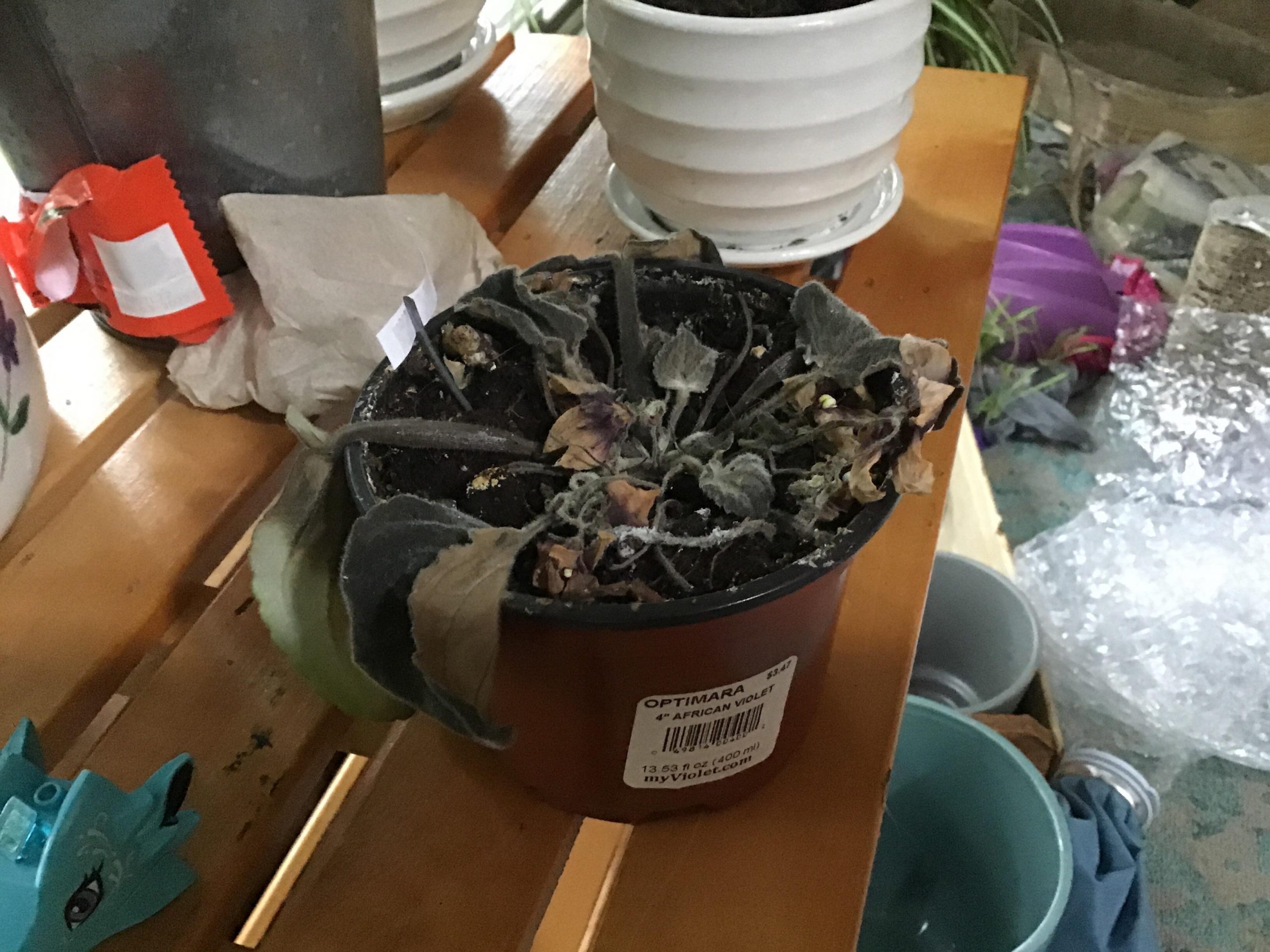To revive an African violet, provide bright indirect light and maintain an even level of moisture in the soil. African violets are delicate houseplants that can enhance the beauty of any indoor space.
However, they can sometimes suffer from wilting and decline. To bring your African violet back to life, it is crucial to provide it with the right growing conditions. Firstly, ensure the plant receives bright but indirect light, as direct sunlight can scorch the leaves.
Additionally, maintain an even moisture level in the soil, avoiding both overwatering and allowing the soil to completely dry out. Implementing these simple steps will help rejuvenate your African violet, allowing it to thrive and bloom once again.

Credit: africanvioletresourcecenter.com
How to Revive an African Violet: Step by Step Guide
Assessing The Condition Of Your African Violet
Assessing the condition of your African violet is crucial in reviving it. Understanding the signs of a struggling plant is the first step. Look for common issues that may affect African violets. Check for wilting leaves or those with brown edges, which indicate inadequate watering.
Ensure the soil is not too wet or dry. Inspect for yellowing or discolored leaves, as this may indicate nutrient deficiencies. Assess the presence of pests like aphids or spider mites, which can harm the plant. Evaluate the level of sunlight the African violet receives.
Adjust the light exposure accordingly. By identifying these problems, you can take appropriate measures to nurse your African violet back to health. Reviving and caring for your plant will ensure the vibrant beauty of these delicate flowers.
Providing Proper Environmental Conditions
Creating the ideal lighting conditions for your African violet is crucial to revive its health. Adequate sunlight is essential, but avoid direct exposure to harsh rays. Filtered light or placing the plant near a window with sheer curtains can provide the perfect balance.
Maintain the right temperature and humidity levels to promote growth and prevent wilting. Aim for a temperature range of 65-75°F (18-24°C) during the day and slightly cooler at night. Keeping the humidity levels between 40-60% is ideal. The potting mix you choose plays a significant role in the well-being of your African violet.
Opt for a well-draining mixture with good aeration and water retention properties. A mix specifically designed for African violets or a combination of peat moss, vermiculite, and perlite can ensure optimal growth. By providing the right environmental conditions and using the appropriate potting mix, you can successfully revive your African violet.
Implementing Revival Techniques
Implementing revival techniques for African violets involves adjusting watering and fertilization schedules. Balancing the right amount of water and nutrients is crucial to reviving these delicate plants. Additionally, pruning and grooming the African violet can promote new growth and remove any dead or damaged leaves.
This helps the plant regain its vitality. It is also important to address any pest or disease problems promptly. Regularly inspect the plant for signs of pests or disease, and take appropriate measures to control them. By following these revival techniques, you can bring your African violet back to its vibrant and healthy state.
Keep in mind that consistency and patience are key when reviving these beautiful plants.
Frequently Asked Questions On How To Revive An African Violet
Can You Revive A Dead African Violet?
Yes, it is possible to revive a dead African violet by providing proper care and attention.
How Do You Save A Dead African Violet?
To save a dead African violet, prune damaged leaves, provide indirect sunlight, water from the bottom, and use well-draining soil.
Will An African Violet Come Back?
Yes, an African violet can come back if given proper care and attention.
How Do You Restart An African Violet?
To restart an African violet, remove it from its current pot, trim the roots, and replant it in fresh soil.
Conclusion
Bringing back an African violet to its full bloom requires patience, dedication, and a little know-how. By addressing common issues like proper watering, lighting, and fertilization, you can help revive your struggling violet. Remember to provide consistent care, avoiding overwatering or underwatering.
Take advantage of natural light sources, ensuring your violet receives the right amount of indirect sunlight. Regularly fertilize with a balanced fertilizer, following the instructions to prevent root burn. Additionally, keep an eye out for pests and diseases, promptly treating any issues that arise.
With time and care, your African violet can not only survive but thrive, displaying its vibrant flowers once again. Follow these steps, and soon you’ll be rewarded with a healthy, flourishing African violet that will brighten up any space in your home or office.
So, get started today and enjoy the beauty of these stunning plants!

